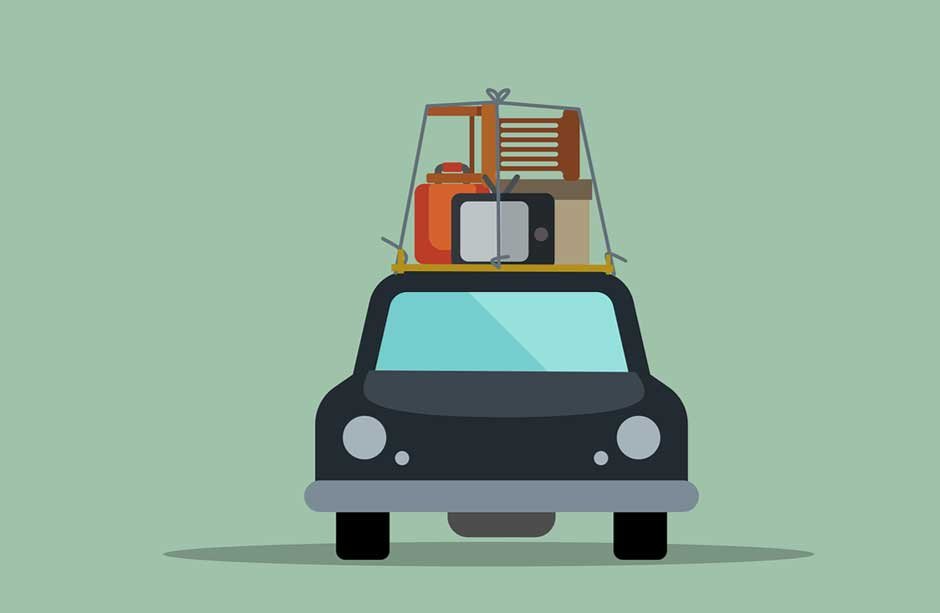Your car may have some minor problems after a thrilling road trip, which could lead to expensive repairs or even safety dangers if left unattended. External dirt can deteriorate your car’s paint, and sudden drops in tire pressure can reduce fuel efficiency and increase the likelihood of blowouts.
A checklist of post-road trip car care techniques that will keep your vehicle in great condition for future travels.
Thoroughly Clean Inside and Outside
Road trips can leave your car covered in dirt, bugs, and grime, damaging its paint and finish. Wash the outside of your car with automotive-safe detergent, paying special attention to the underside, where dirt and grime accumulate. This will protect the car from rust and keep it looking great.
Clean the seats and rugs, wipe down the surfaces, and dispose of the waste inside. Food spills and crumbs can leave behind smells or marks that will not disappear if you don’t clean them up. Also, remember to clean the cupholders and air vents to keep the space fresh and valuable.
Give Your Tires a Close Look
When you go on long drives, your tires can get hot, leading to serious pressure changes. Driving on tires that aren’t properly inflated raises the chances of blowouts and makes your engine work harder, lowering fuel efficiency.
Overinflated tires, on the other hand, can reduce traction and uneven wear. To avoid these problems, use a pressure gauge to ensure all four tires are at the recommended PSI, which can be found in your car’s manual or the driver’s side door jamb.
Inspect Your Braking System
Your brakes work hard on a road trip, especially on routes with many stops or steep descents. Ignoring brake wear after a lengthy trip can result in life-threatening scenarios. First, take short drives to see how your brakes work.
Do they make any sounds, or do they seem less responsive? If these things occur, look at the brake pads or wheels.
Also, check the color and level of the brake fluid. If it looks cloudy or dark, cleaning it to prevent damage may be necessary.
If you want your car to run smoothly after a long journey, you must take care of it. Your health is no different. If you want to stay fit, consider a weight loss solution.
Top Off Essential Fluids
Extended drives can deplete your vehicle’s fluids, which are critical for smooth operation. Begin with engine oil – check its level and quality, and if it’s nearing the next change, replace it regardless of mileage. Long trips often make engines work harder, and using new oil makes sure they work at their best.
Check the coolant, transmission fluid, power steering fluid, brake fluid, and oil levels. Check the windscreen washer fluid to see if the roads you will be traveling are dusty or bug-covered. Good fluid maintenance guarantees that all systems run as they should, reducing wear and strain over time.
Replace Wiper Blades if Needed
When you go on a road trip, your windshield wipers get a workout, especially if you drive through a rainstorm or dusty terrain. This wear can cause your blades to work less effectively as time passes, leading to streaks and reduced visibility during your drives.
Swapping out your wiper blades is an easy but important way to keep your view clear while driving. If you hear them squeaking or skipping while you’re out and about, don’t wait to replace them – working wipers are really important for staying safe in sudden weather changes.
Look for Signs of Misalignment or Suspension Issues
Long drives on rough roads can throw off your car’s alignment or wear down the suspension. Signs to watch for include uneven tire wear, a vehicle pulling to one side, or a bumpy, uncomfortable ride. Even though these may not seem important, ignoring them can cause bigger problems and reduce the handling effectiveness.
If any of these happen, you should have a professional check your alignment. Strange noises or a rough ride could also indicate that suspension parts need replacing.
Check Your Battery
Heavy use of the air conditioning and charging ports during a trip can strain your battery. Look for signs of corrosion on the terminals and ensure the connections are secure. Cleaning the terminals can help maintain a reliable charge.
If your battery is over three years old, or you’re noticing slow starts or dim lights, it’s a good idea to have it tested at a repair shop. Regular checkups ensure your car stays dependable and prevent unexpected breakdowns.

